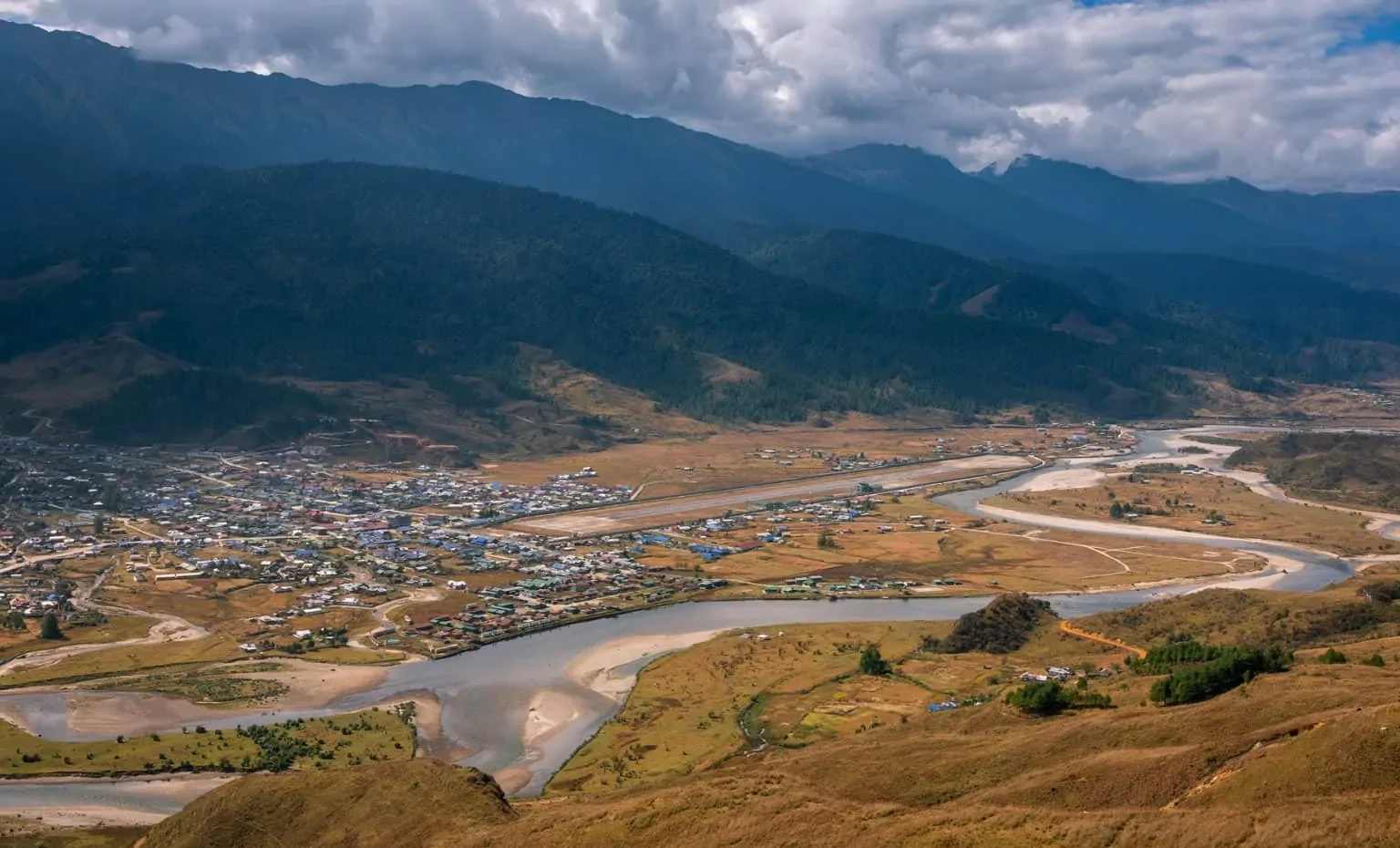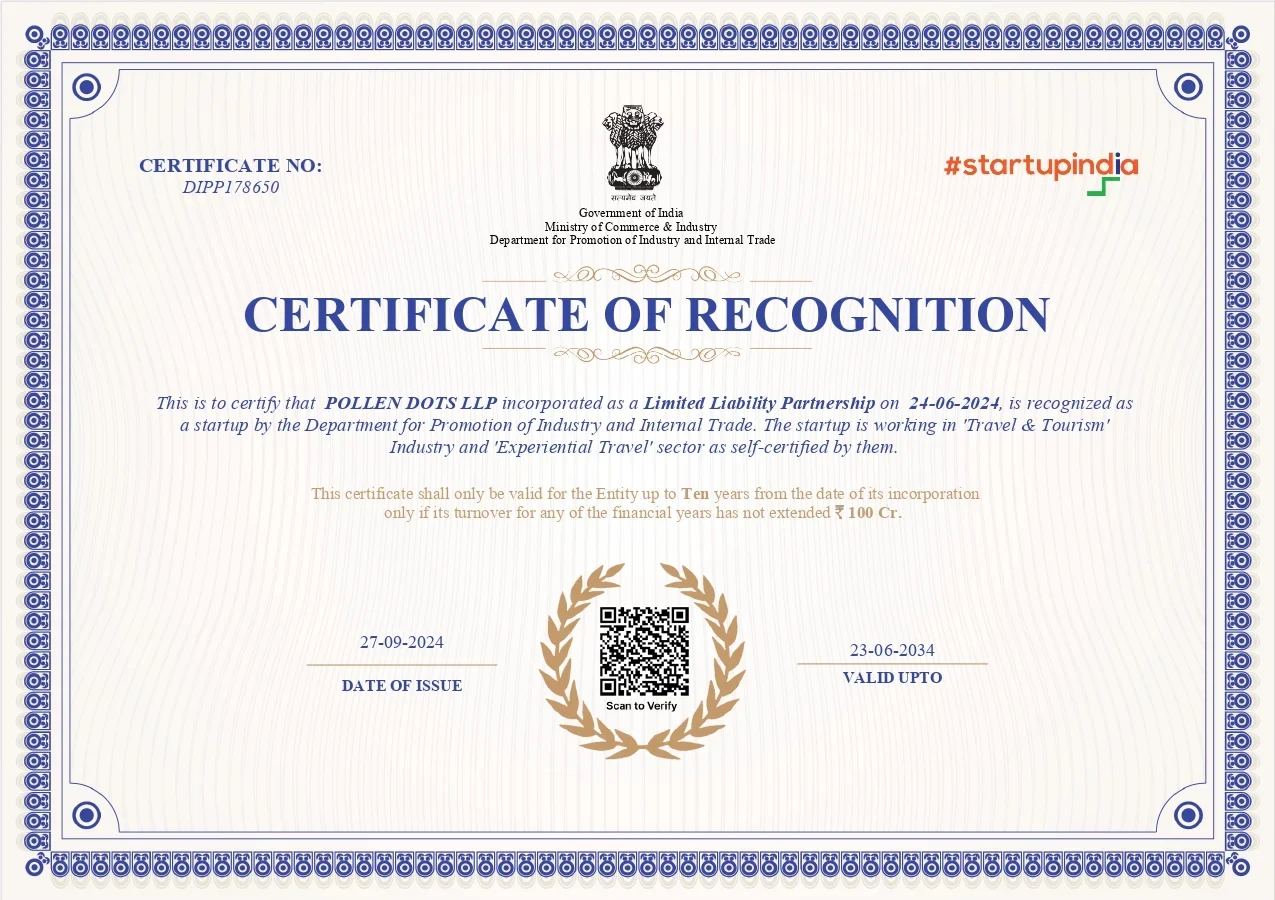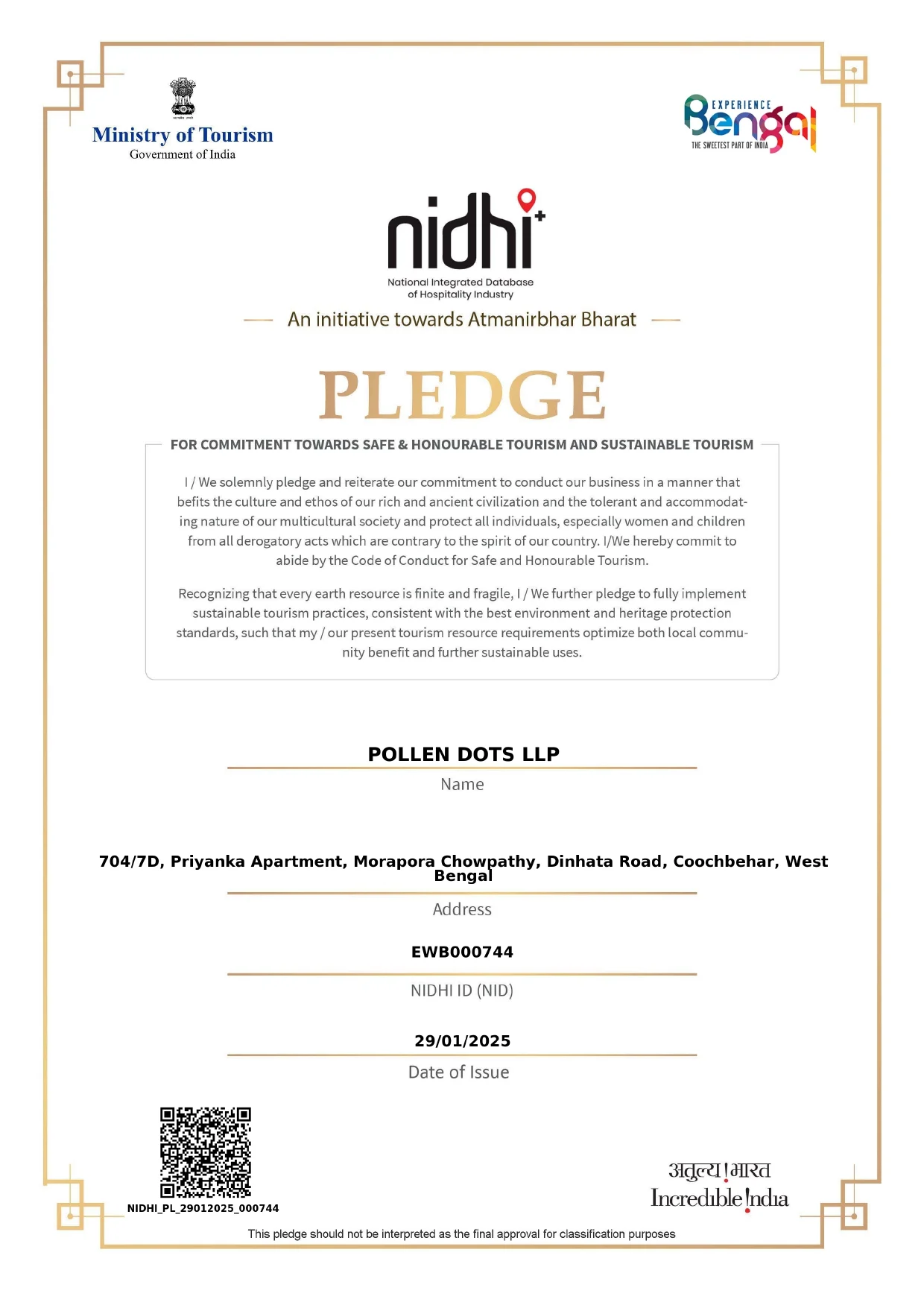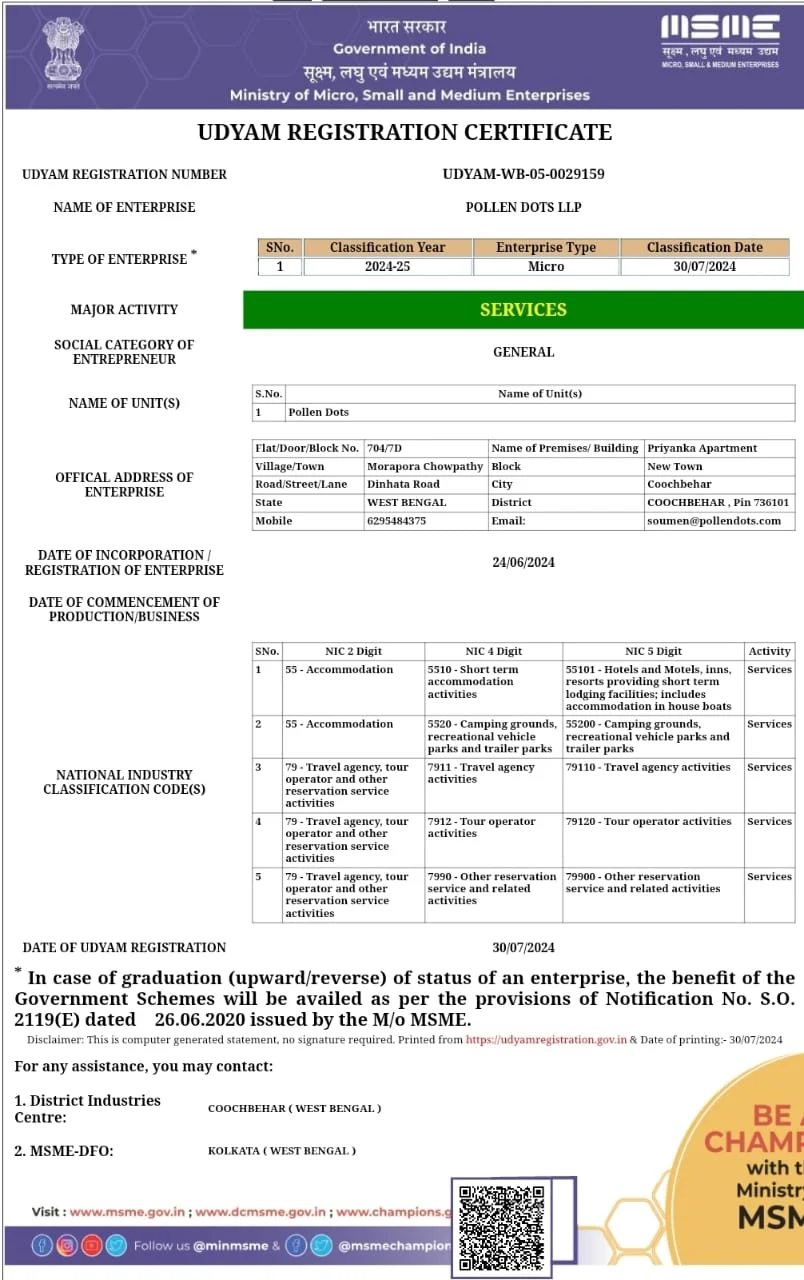Menchuka lies quietly in the folds of Arunachal Pradesh, surrounded by pine forests and prayer flags, where the river Siyom hums stories of the mountains. But when festival time comes — particularly during Mopin or Losar — this silence lifts, giving way to drums, chants, dances, and the warm crackle of communal fire.
In Menchuka, festivals are not performances. They are memories kept alive with barley flour, butter lamps, and the collective rhythm of hope.
Mopin: A Festival of Flour and Fire
Celebrated by the Galo tribe, Mopin is a springtime festival that asks for prosperity and protection against evil. White rice flour is smeared on faces, homes are decorated with leaves, and villagers gather around massive bamboo bonfires as priests chant blessings into the night air.
Central to Mopin is the ritual of Popir dance — graceful, circular movements performed by women dressed in white, symbolizing purity and community. There’s no stage, just earth; no audience, only participation.

“You don’t watch Mopin,” said our hostess. “You become part of it — or you miss it entirely.”
Losar: When Monasteries Sing
While Mopin belongs to the Galos, Losar, the Tibetan New Year, is celebrated with equal fervor by the Memba community in Menchuka. It’s a time of spiritual renewal — with Gumpa prayers, butter lamp offerings, and monks performing masked Cham dances to dispel evil and welcome peace.
Monasteries like Samten Yongcha come alive with colors, chanting, and quiet devotion. The warmth of chang (local rice beer) and the lighting of ceremonial fires turn the chill of February into a season of togetherness.

Snippets from the Valley
- Ritual Smoke at Dusk:
During festivals, pinewood is burnt not just for warmth, but for its fragrance. The smoke is believed to purify the air and invite ancestral blessings. - Singing While Cooking:
In many homes, cooking is done in groups, with women humming songs passed down generations. Recipes are never written — they’re remembered by taste and tune. - The Festival Scarf:
Known as pomo, this ceremonial scarf is offered with both hands during festivals — a gesture of goodwill, respect, and emotional connection.
Bonfires That Bless
During Mopin, bonfires are not just symbolic — they are participatory. Families bring twigs, leaves, and even small items they wish to “cleanse” through the flame. These fires are believed to carry messages to spirits, guiding them gently back to the heavens.
Know Before You Go
Best time:
- Mopin: Early April
- Losar: February or March (as per the lunar calendar)
Where to experience it:
- Samten Yongcha Monastery, local community grounds in the valley
Cultural etiquette:
- Avoid stepping in front of dancers during rituals
- Always accept ceremonial offerings with both hands
Tip:
- Carry warm clothes — festival nights can be freezing even in spring
In Menchuka, festivals aren’t announcements — they are affirmations. Of roots, of relationships, and of the radiant flame that connects people to land and spirit. You don’t need to understand every chant or gesture. Just show up with warmth in your heart — the fire will do the rest.
The mountains may keep you apart, but a fire shared at festival time brings every heart closer.”
















